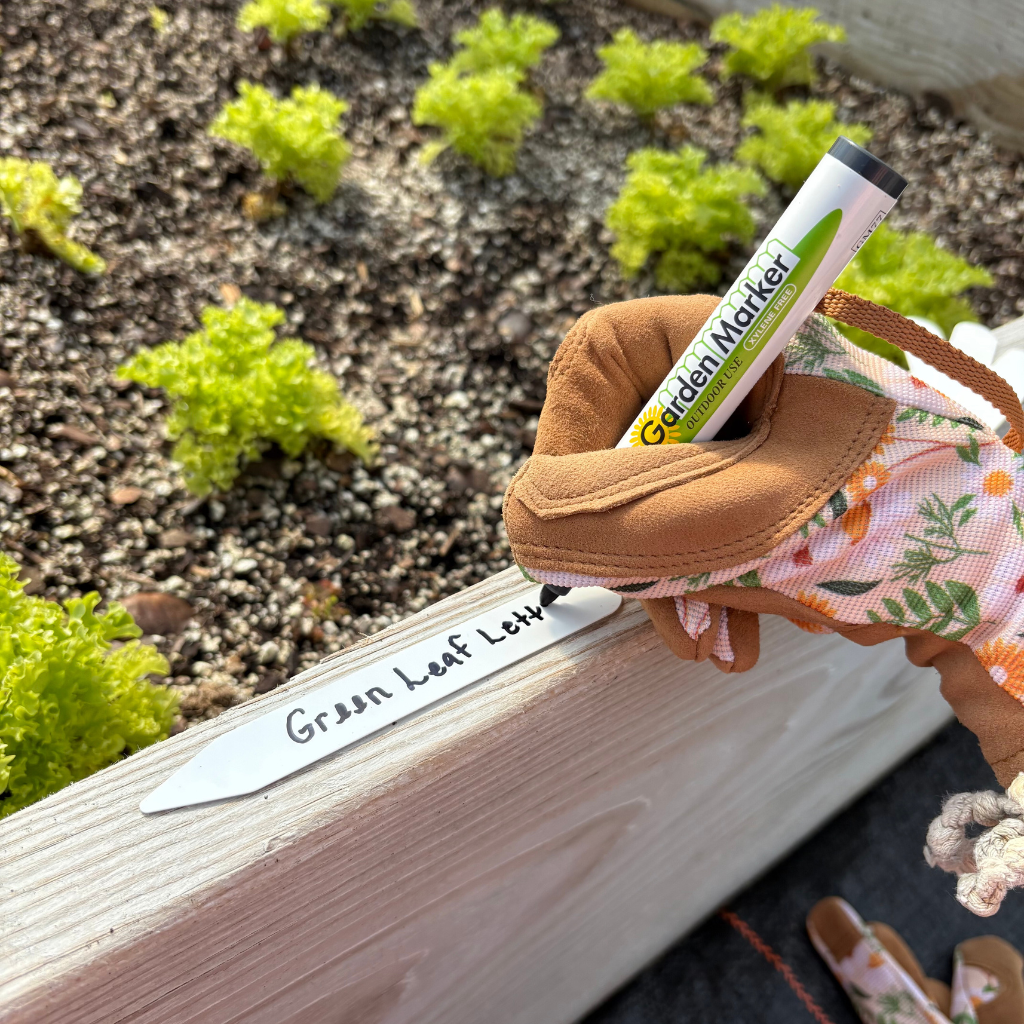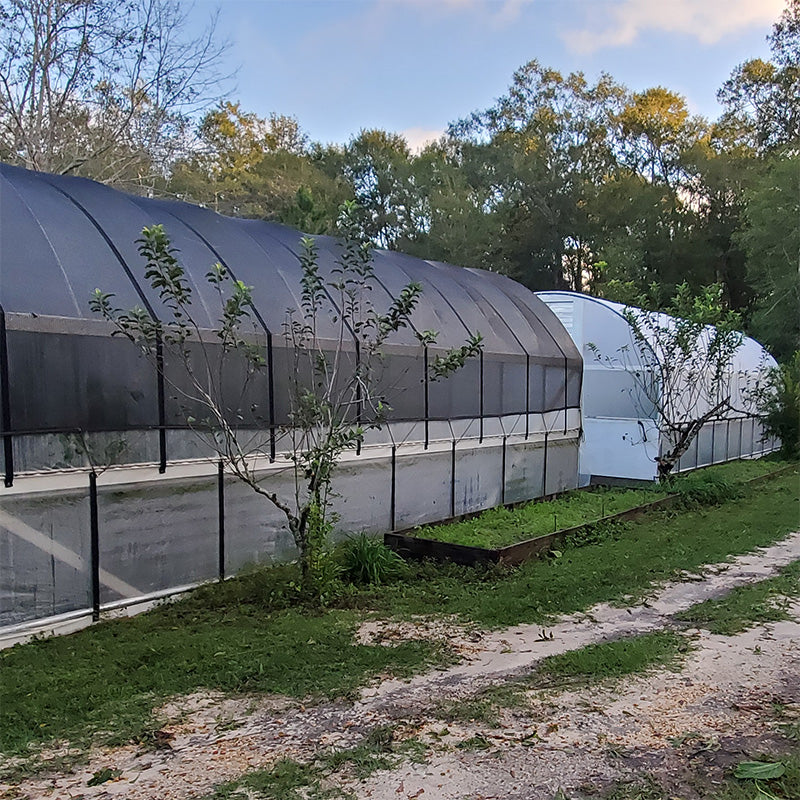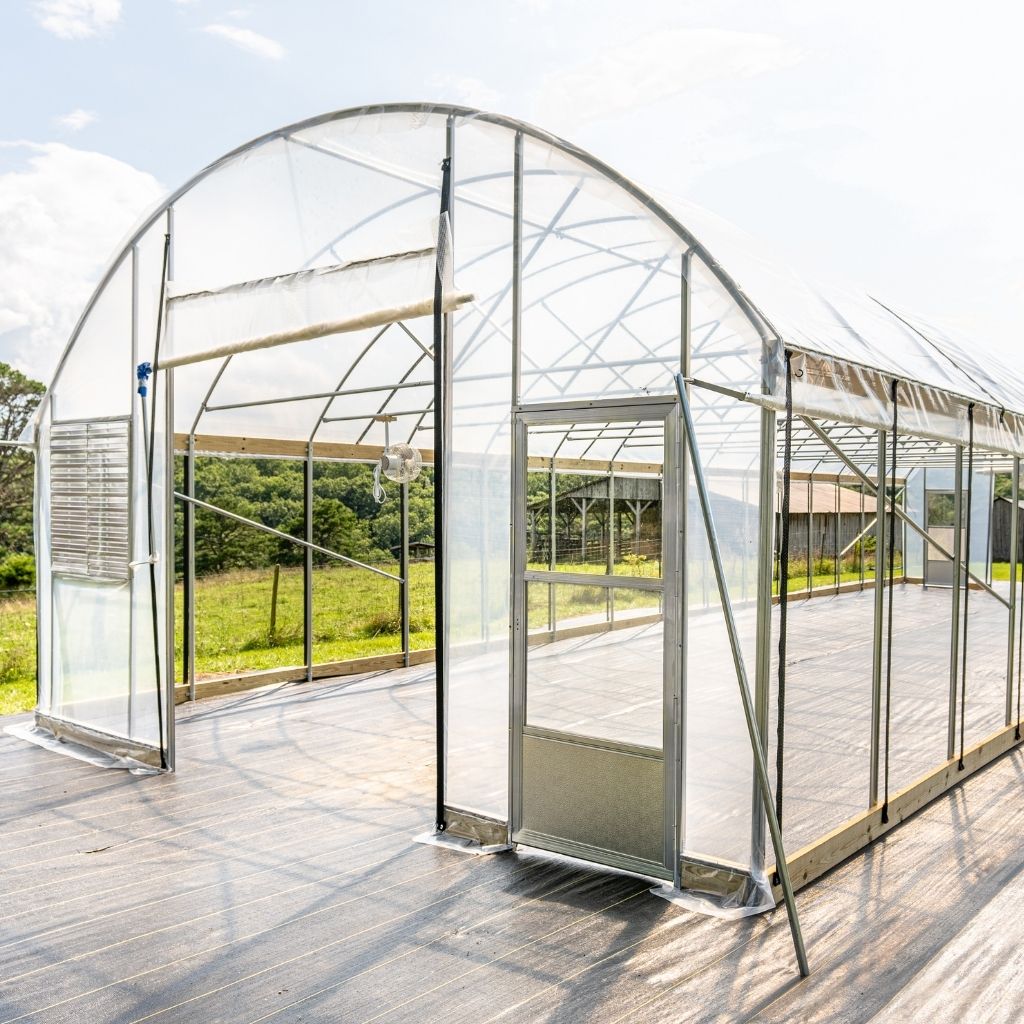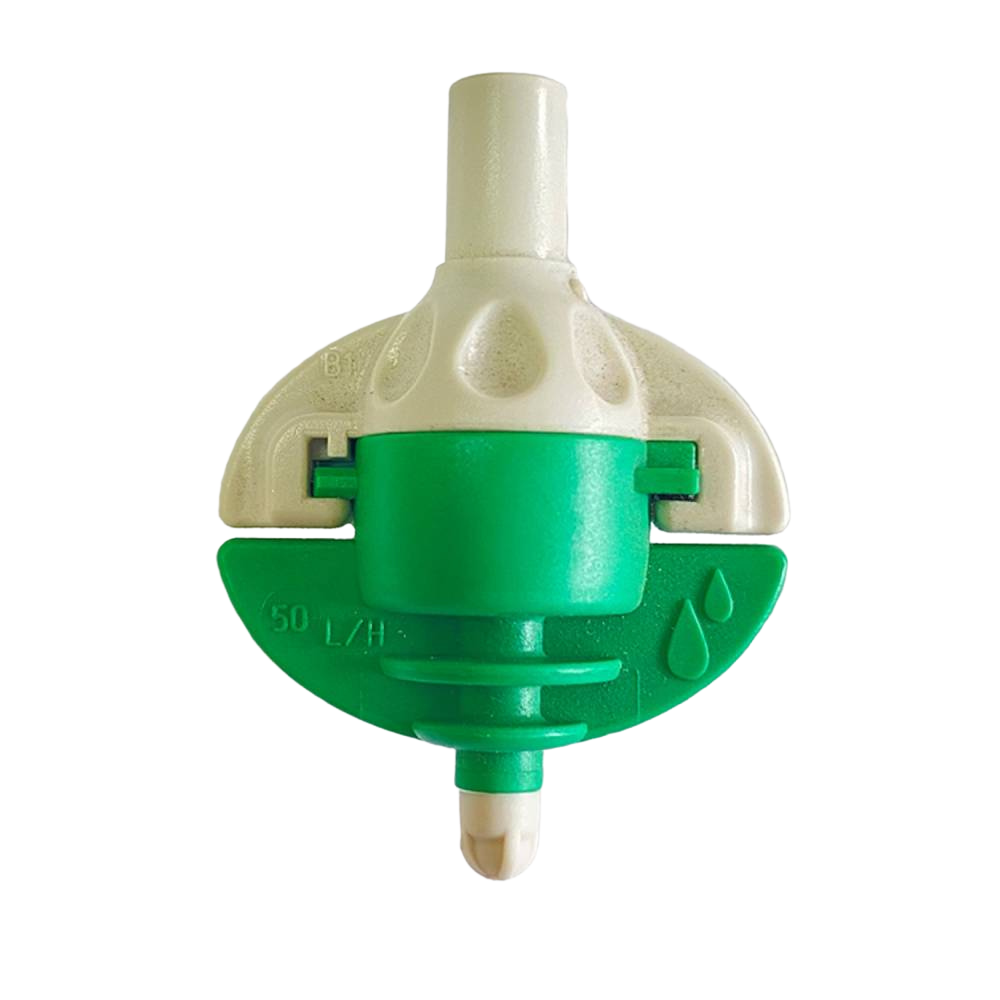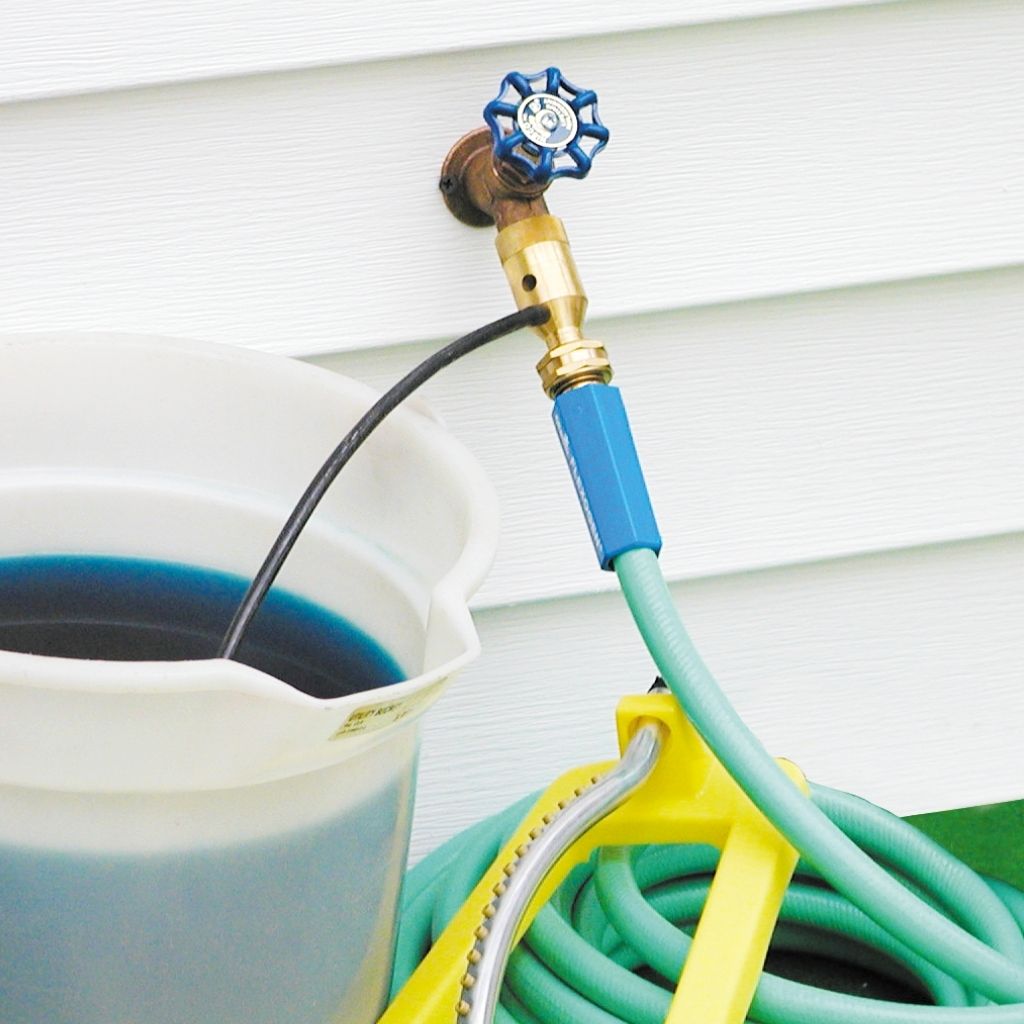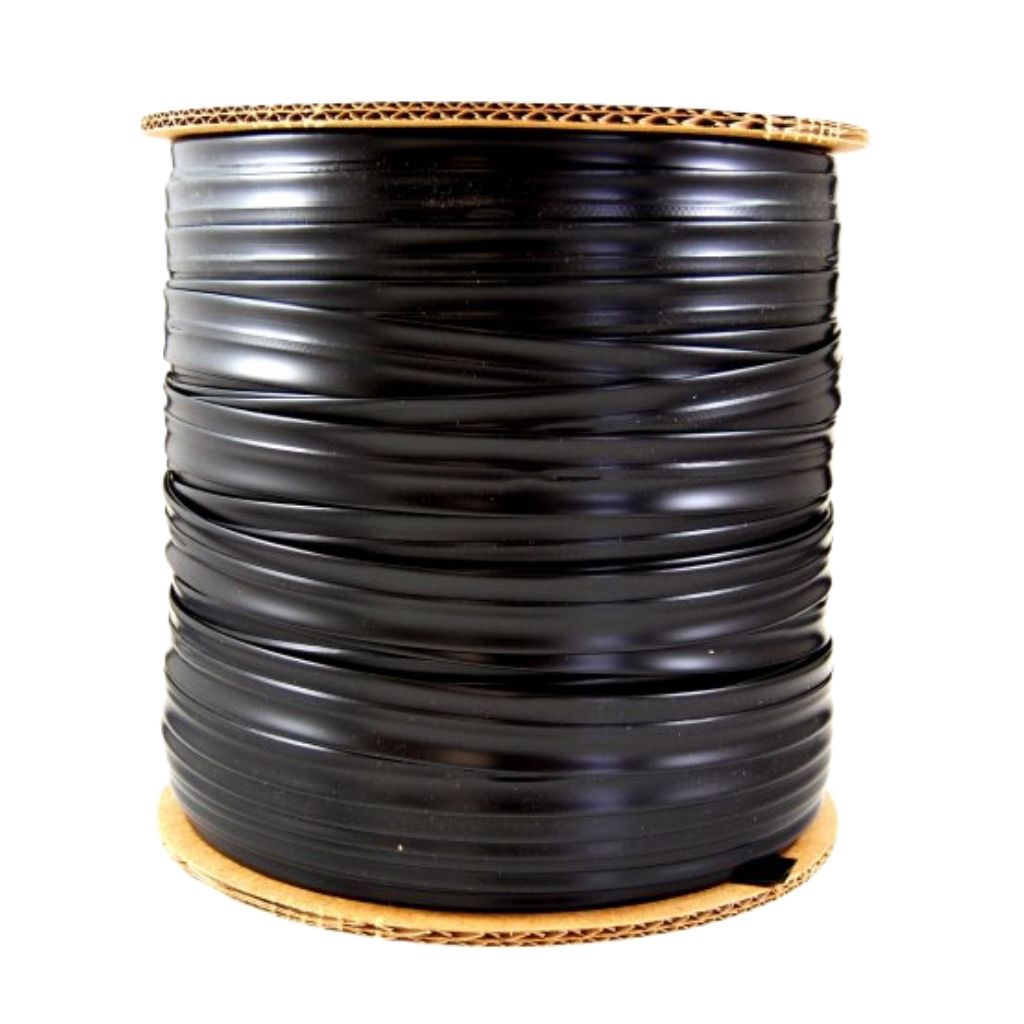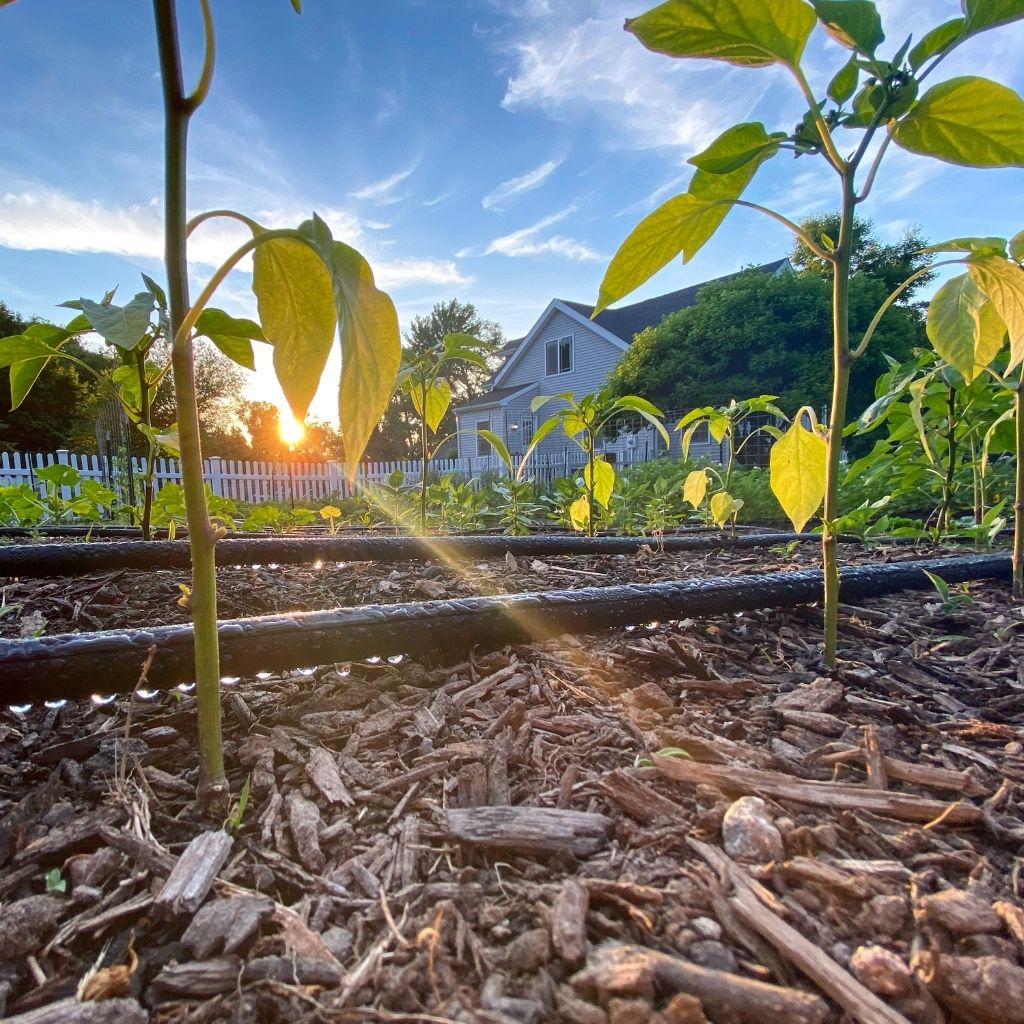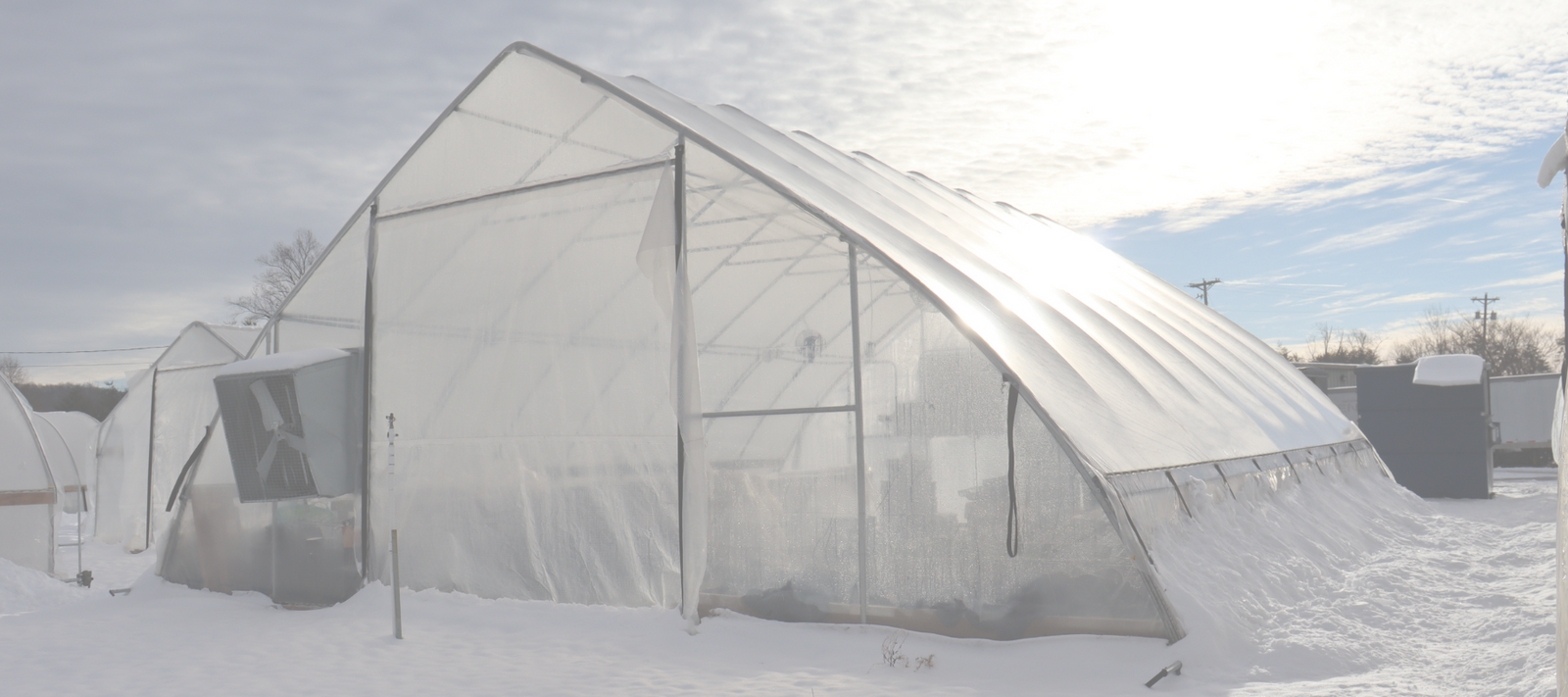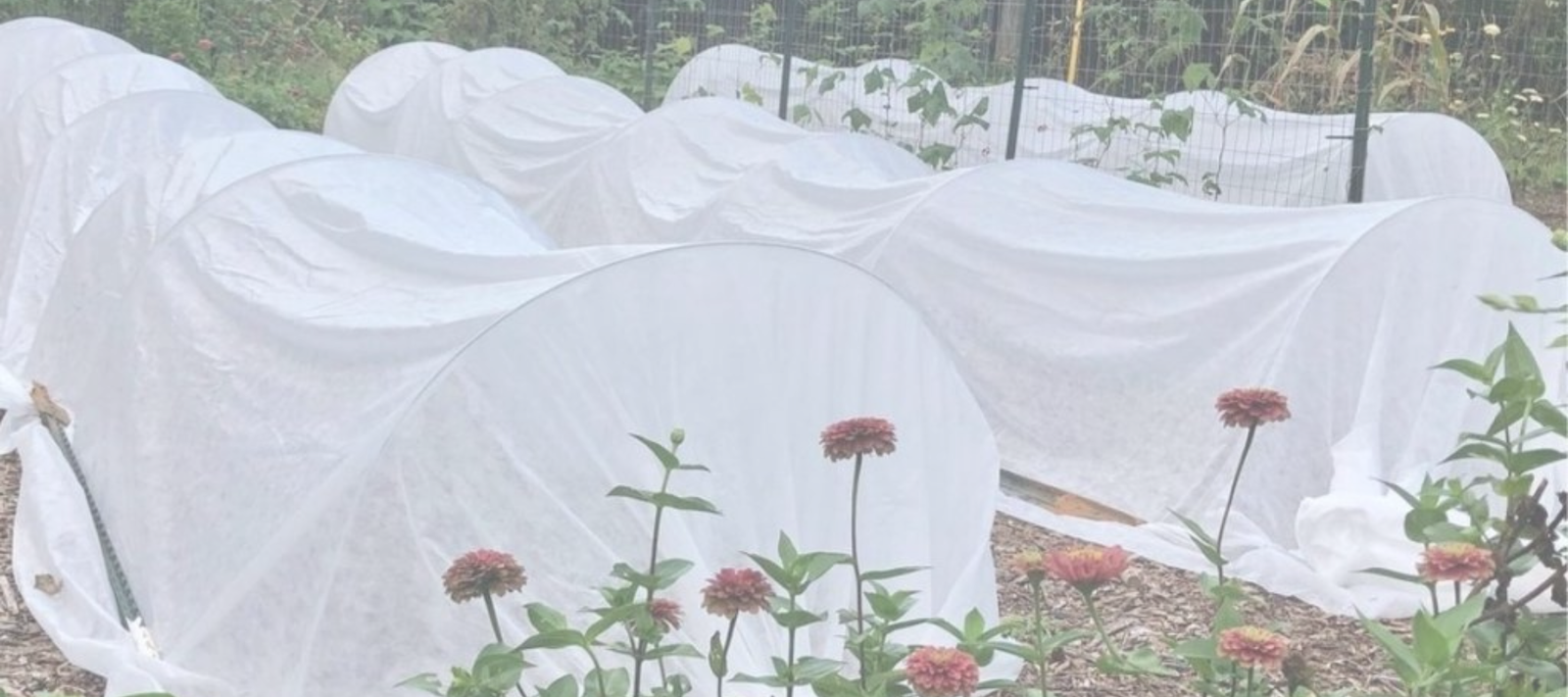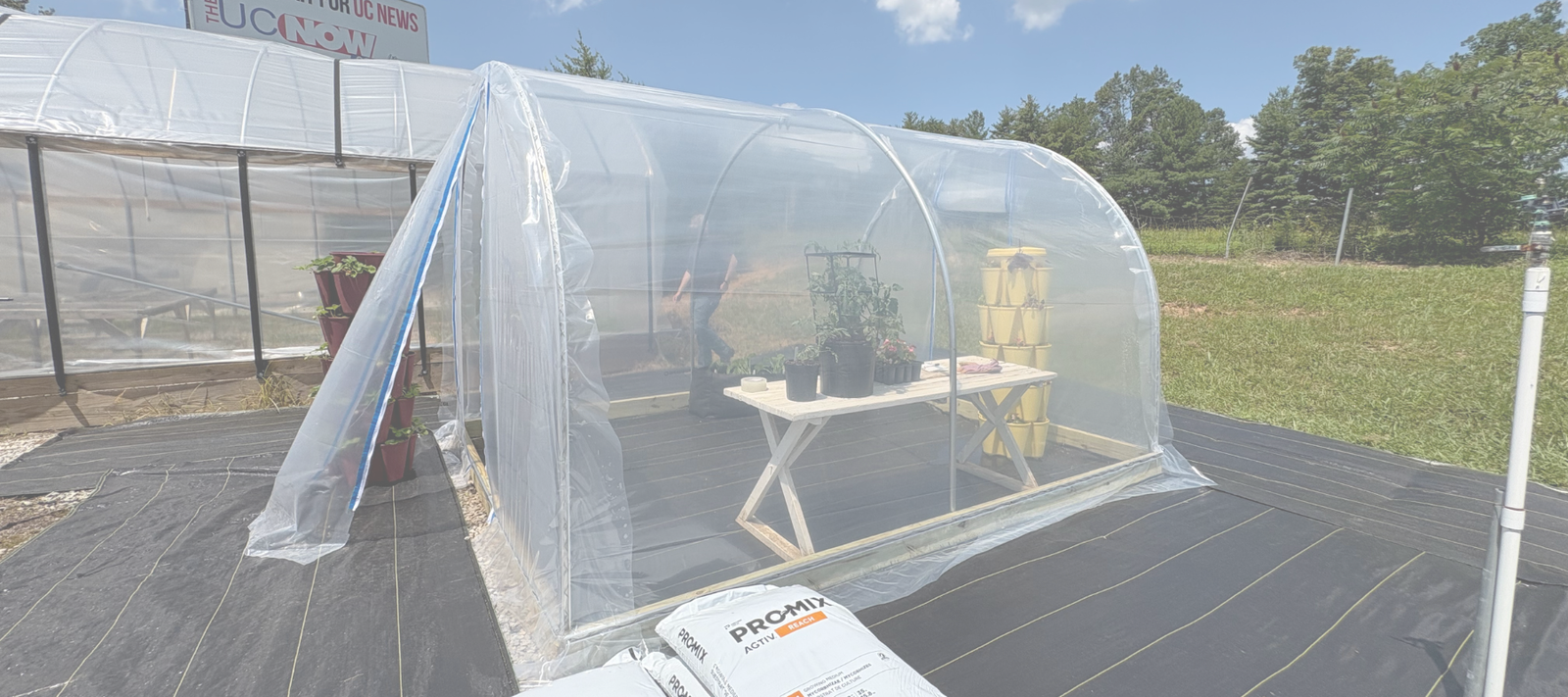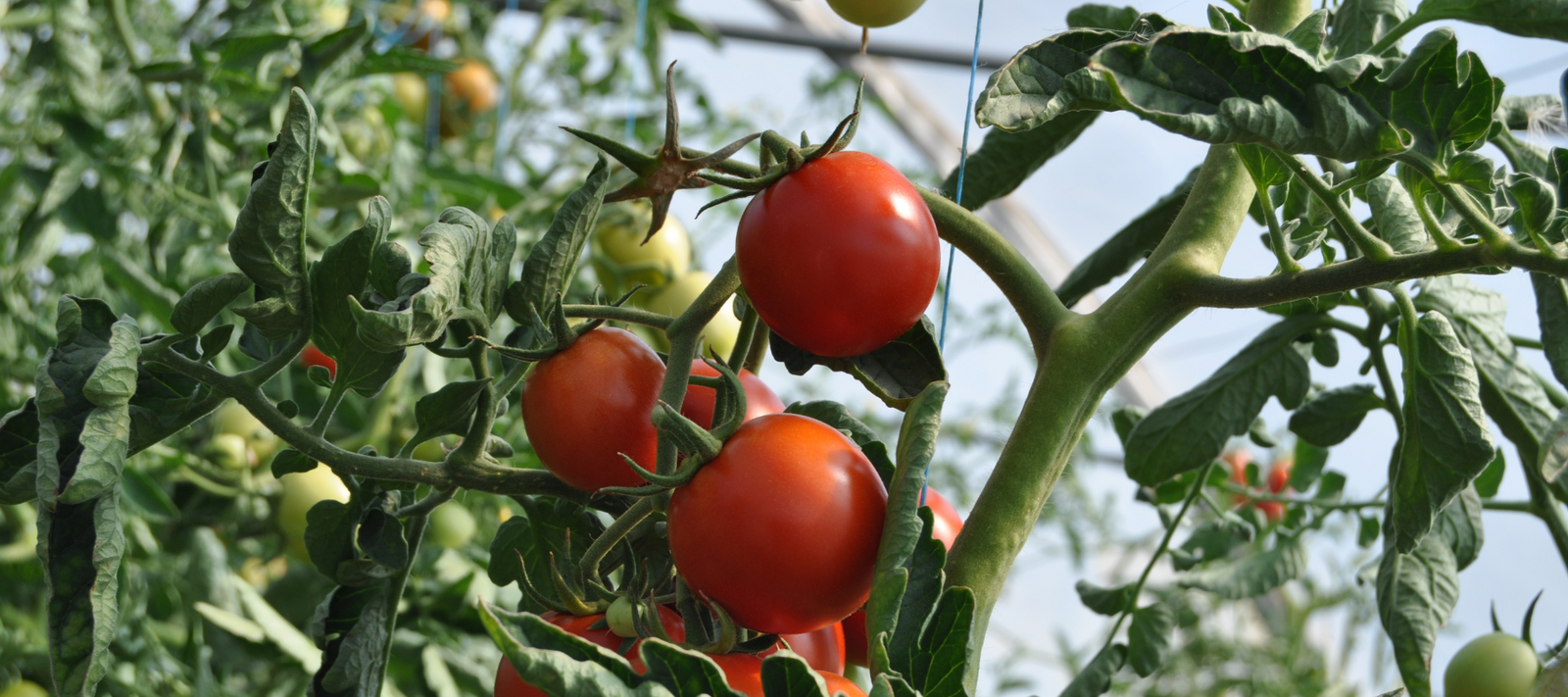If you don’t have a heater in your greenhouse, you can still take steps to minimize the risk of collapse during an ice storm. Passive heat retention, strategic insulation, and careful snow and ice management can make a significant difference.
1. Maximize Passive Heat Retention
- Use Thermal Mass: Place large containers of water (like barrels or buckets) inside your greenhouse. Water absorbs heat during the day and releases it slowly at night, helping to moderate the temperature.
- Double Layer Film: If your greenhouse doesn’t already have it, consider installing a double layer of greenhouse film with an air space between the layers. This acts as insulation and helps retain heat.
- Thermal Blankets: Use frost blankets, row covers, or thermal sheets to protect plants and help trap warmth around them. Covering plants directly also reduces heat loss from the soil.
2. Focus on Insulation
- Seal Gaps: Check for and seal any drafts or gaps in the structure where cold air can enter. Use weather stripping, foam tape, or caulking for this purpose.
- Add Insulation Panels: Attach insulation panels or bubble wrap to the walls of the greenhouse. Bubble wrap is lightweight and effective for retaining heat while still allowing light transmission.
- Windbreaks: Set up barriers, like hay bales or fencing, around the greenhouse to block wind and reduce heat loss.
3. Encourage Ice Shedding
- Apply Vegetable Oil or Silicone Spray: Before the storm, apply a thin layer of vegetable oil or silicone spray to the exterior of the greenhouse film. This can make ice and snow slide off more easily.
- Manually Remove Snow: After the storm, use a soft broom, mop, or roof rake to gently clear snow and ice from the greenhouse. Focus on the roof to prevent sagging and collapse. Work carefully to avoid puncturing the film.
4. Improve Air Circulation
- Install Solar-Powered Fans: Solar fans can help circulate air during the day, reducing condensation and the risk of ice forming on the inside of the film.
- Open Vents During Sunny Periods: If the sun comes out, open vents or doors slightly to allow warm air to circulate and help melt ice.
5. Emergency Ice Removal Techniques
- Warm Water Spray: If ice builds up on the greenhouse, spray it with warm (not hot) water to help it melt gradually. Follow this with manual removal to prevent re-freezing.
- Temporary Covers: During the storm, cover the greenhouse with a tarp or additional plastic sheeting to reduce the weight of accumulating ice directly on the greenhouse film.
Practical Example: Layered Protection Without Heat
- Prepare in Advance: Add insulation, set up thermal mass containers, and apply ice-shedding treatments before the storm.
- During the Storm: Regularly check the structure and remove snow and ice manually. Close all vents and doors to retain as much warmth as possible.
- After the Storm: Inspect the greenhouse for any damage and reinforce areas under stress. Remove any remaining ice gently to avoid stressing the structure.
By combining these techniques, you can protect your greenhouse from ice damage even without a heater.


